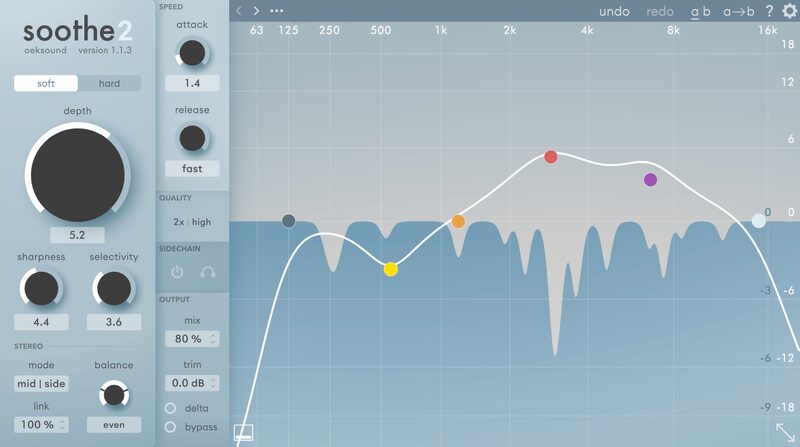I wanted to be that one guy to say ‘nah nah it’s all hype’ but alas, I am on board.
Dynamic EQ and compression is becoming a go to modern mix technique. Software processing can seriously get down and dirty with a source and really shape it to be exactly the way you want it – if you know what you’re doing of course.
If for some reason you’re an audio geek that hasn’t heard of Soothe 2 (you’ve must’ve been living under a rock) Oeksound describes it as a dynamic resonance suppressor. Basically, Soothe seeks out the harshness, muddiness, or boominess in your source and cleans them up using dynamic EQ like cuts.
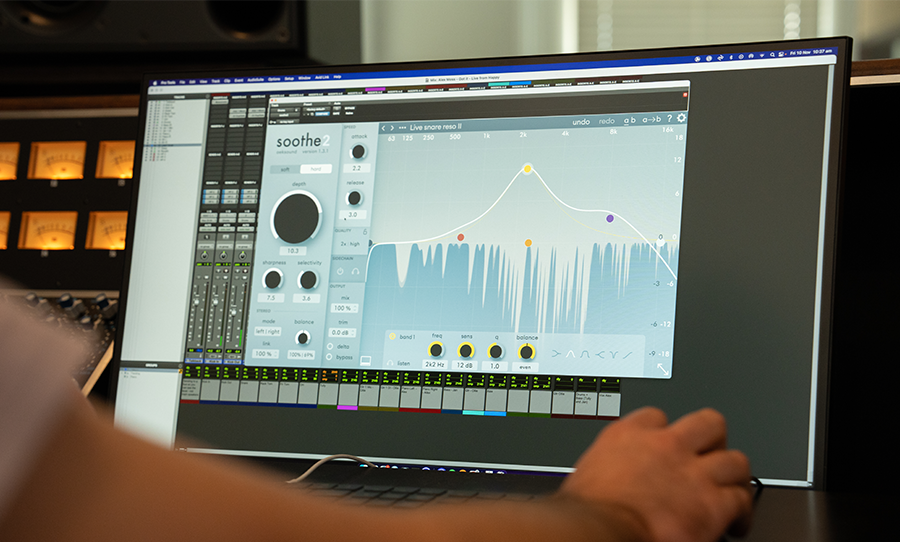
Soothe 2 presents a bit like a parametric EQ. You can use nodes to decide what frequency ranges you’d like Soothe to act on, and with how much intensity. Once these nodes are set you have global settings like your main depth knob – which sets how aggressive the suppression is globally – sharpness, selectivity, attack, release, balance and mix.
You can also switch between soft and hard on the depth knob depending on how much suppression you need. You can also get the plugin to act in mid side, or left right mode and set nodes, or the global use accordingly. The delta toggle is the secret sauce of this plugin.
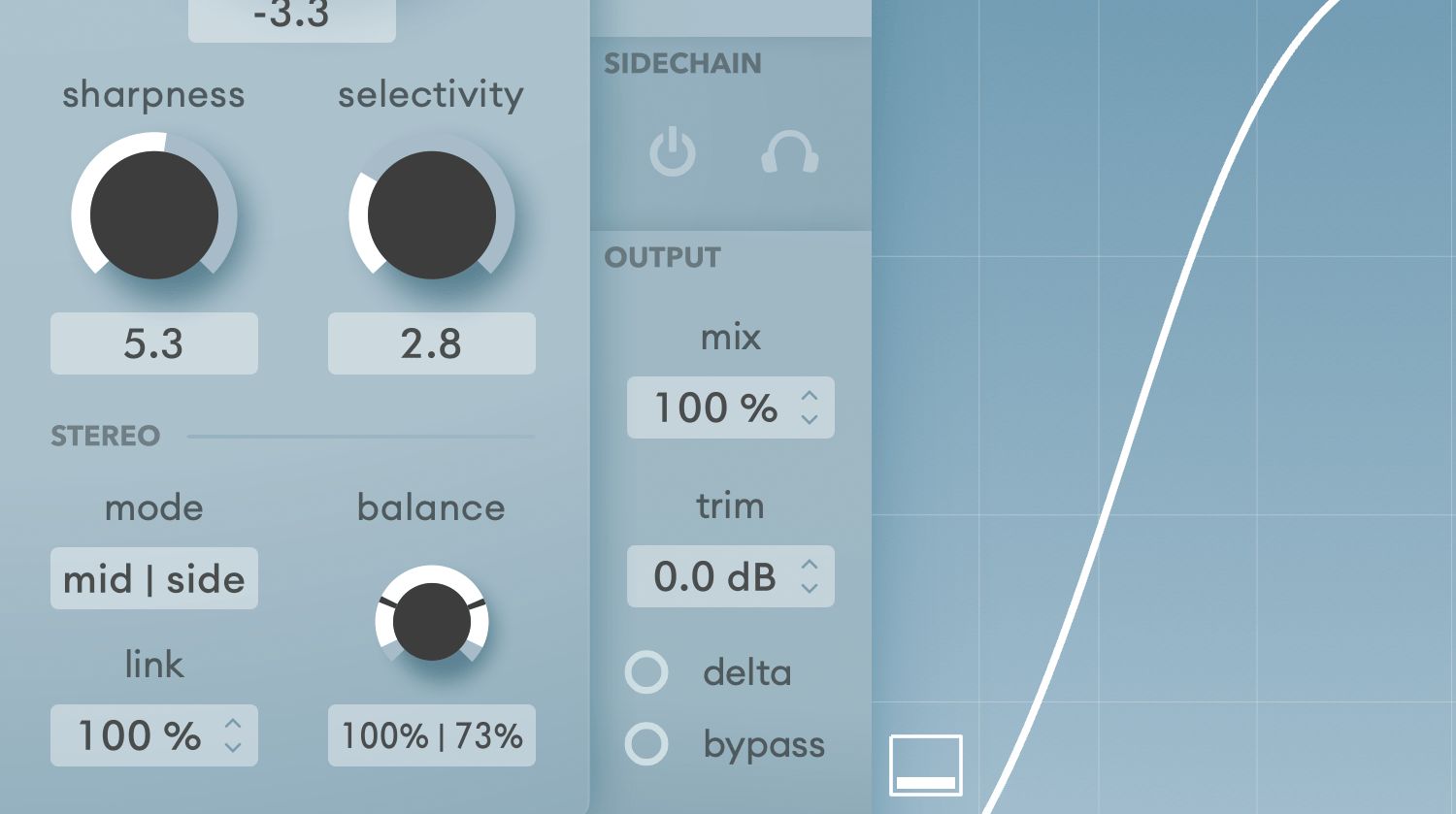
This lets you hear only the frequencies that are being pulled out, and it gives you a very clear idea of what your settings are doing and exactly how you want Soothe to behave.
If there’s one piece of advice I can give you when you first jump into Soothe it’s do the intro walkthrough. They’ve clearly taken their time with it and it is one of the most cohesive walkthroughs of a plugin I’ve ever used, it also quickly gives you an appreciation for what it can do.
Admittedly I think that the samples that oeksound chooses to walk you through the plugin are pretty gnarly, there’re plenty of crazy resonances in there, but who among us has not been sent some gnarly recordings from a client.
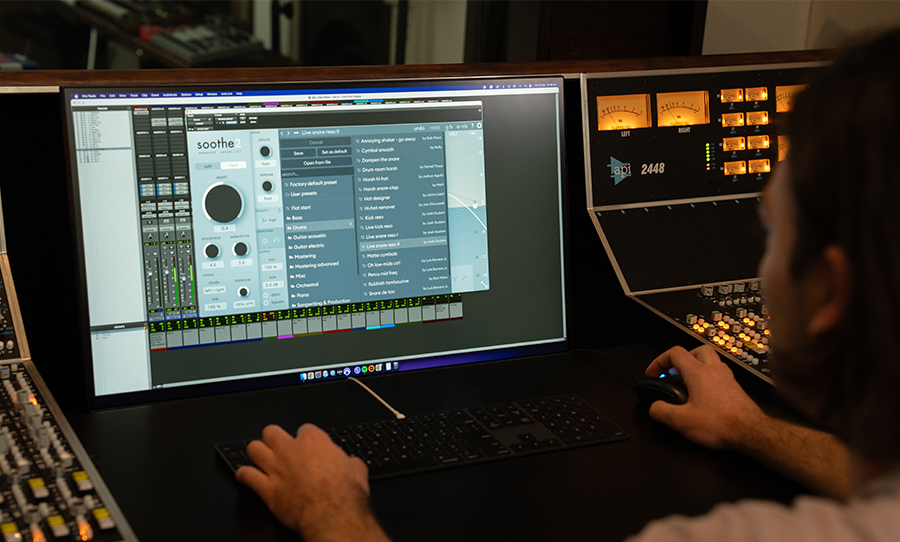
You can absolutely go ahead and use Soothe 2 on pretty much any source. Of course on vocals it does a great job in taming sibilance and balancing out the tone of the vocal, but my favourite places to use it was on boomy pianos and guitars to clean up that 100-250hz area that tends to build up, particularly in poorly treated spaces.
And it does this in such a natural and organic way, it doesn’t sound like a dynamic EQ sucking frequencies in and out and it doesn’t sound like you’ve just cut frequencies of the instrument altogether.
I’ve always kinda hated the search and destroy EQ method. To me it always takes a bit of love out of the recording. This is a really nice middle ground. Because it’s reacting dynamically to frequencies it doesn’t work as destructively as static cuts do.
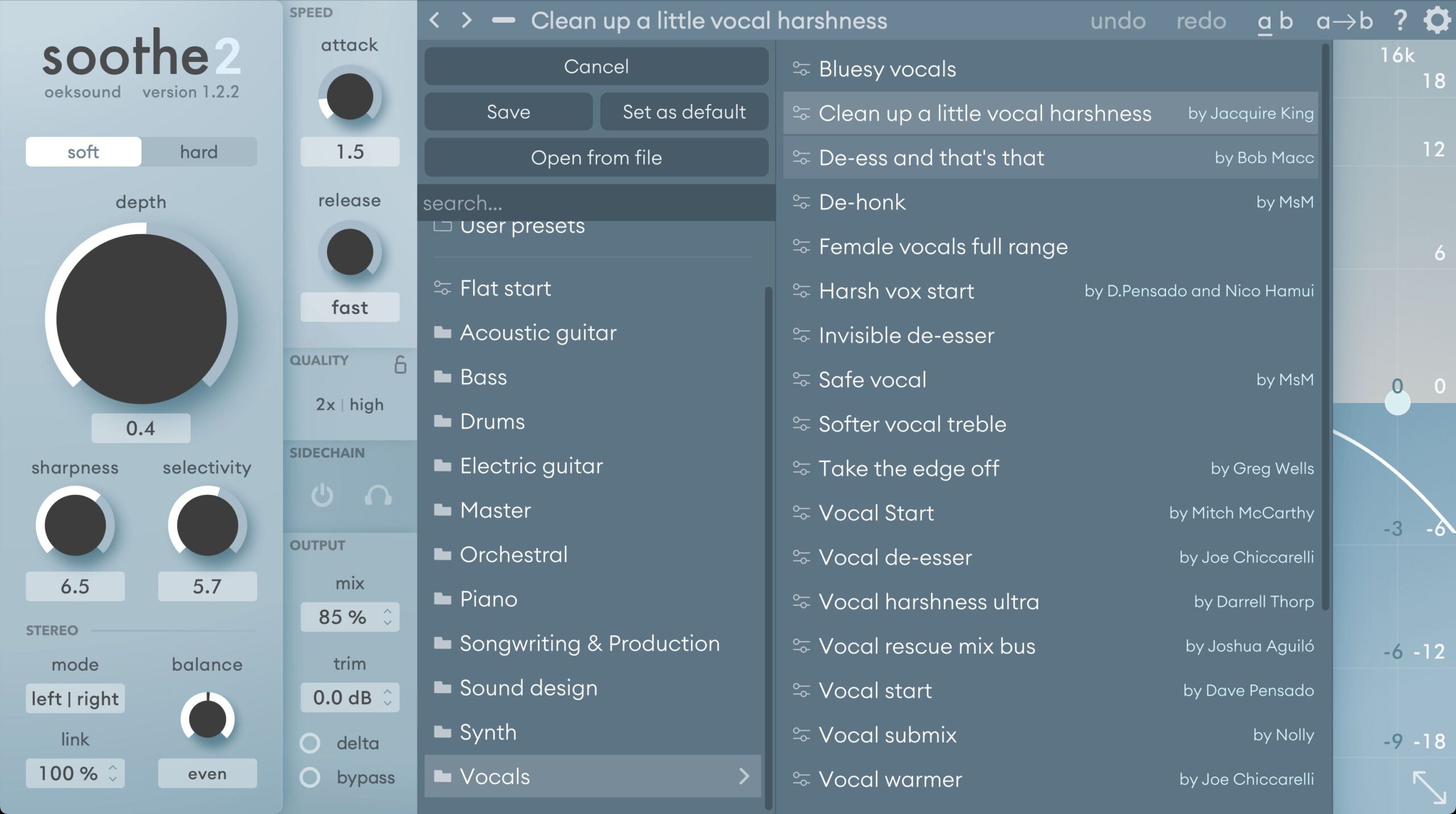
I also loved using it on a drum bus to tame some classic screechy rock cymbals that have massive decay times. These can get pretty ringy, and soothe can wrangle that without leaving artefacts and without killing all the life that the high end of the cymbals brings.
I really wanted to not care about Soothe 2. I wanted to be that one guy to say ‘nah nah it’s all hype’ but alas, I am on board. It is ridiculous how naturally and transparently this can clean up a messy recording.
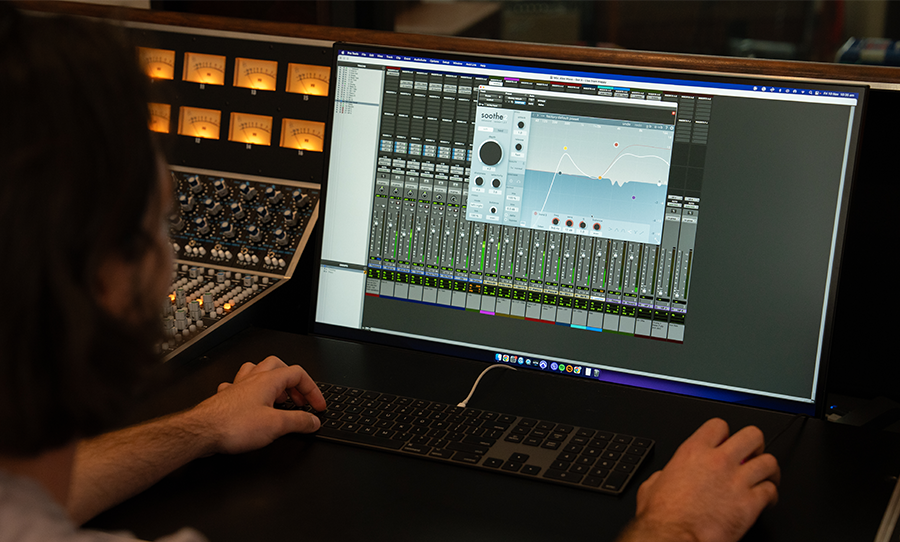
If you’re exclusively mixing perfectly recording tracks from the world’s best studios and recording engineers then maybe you don’t need Soothe 2. But if you’re not (and who is) this is a seriously handy addition to the mixing toolkit.
If you wanna pick up Soothe 2 it’ll run you back 350 AUD and you grab it or read more about it on the oeksound website.
